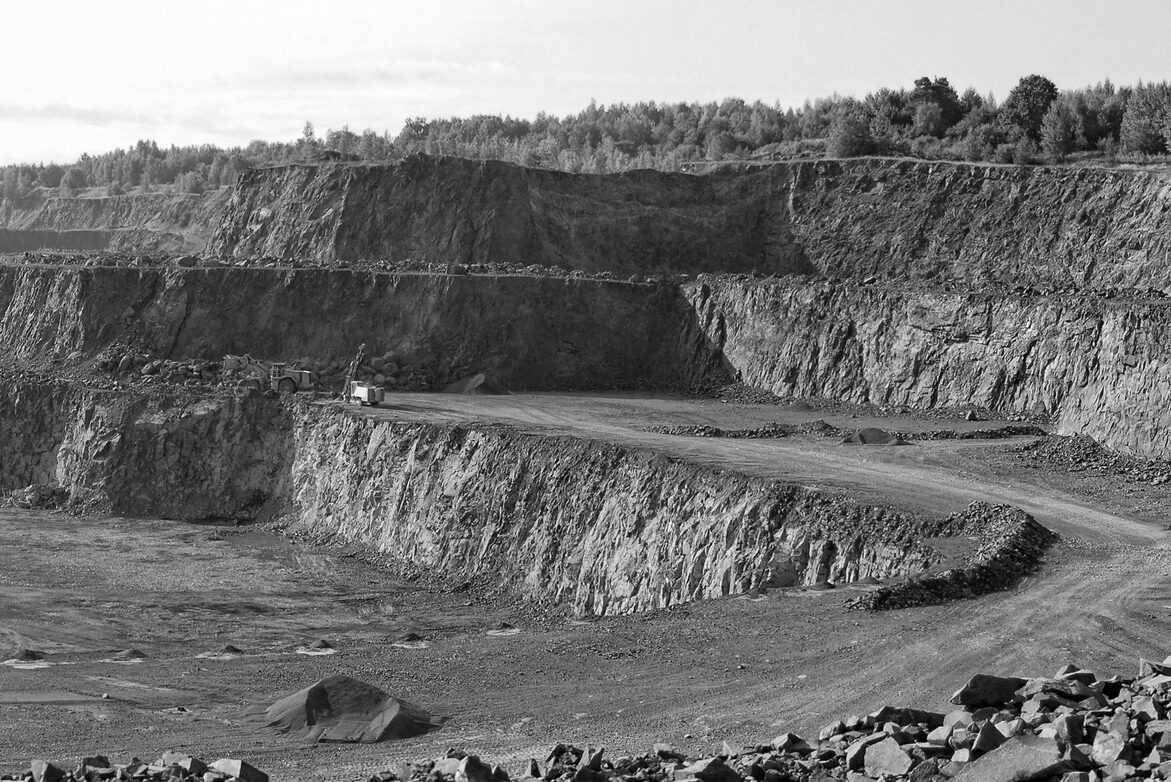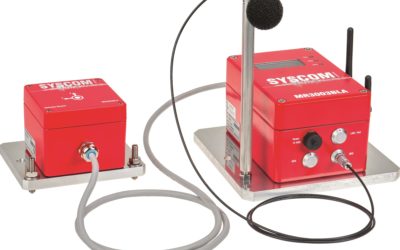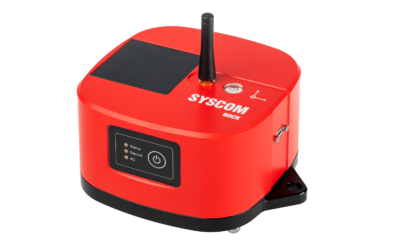Blast monitoring is required in many applications related to explosions, like mining, excavations, and demolition sites.
Vibration monitoring is usually needed close to blasts, to understand the effects produced by the explosion by evaluating the PPV – Peak Particule Velocity, among other parameters. In case some structures are located in the blast impact zone, the vibration levels should also be recorded, in order to evaluate the potential damage, according to the national regulations.
The main requirements are:
A classic vibration survey related to blast monitoring includes:
- Vibration monitoring. It is usually performed with a triaxial velocity sensor, with a full range of ±250 mm/s (±10 in/s), with the main axis oriented in the direction of the blast.
- Air pressure monitoring. It is realized with a high pressure microphone able to measure up to 150 dB(L), oriented in the direction of the blast.
The most important regulations about blasting monitoring among others are:
- RI 8507 & OSM Regulation (USA)
- AS 2187-2 (Australia)
- DIN 4150-3 (Germany)
- BS 7385-2 (UK)
- IN 1226 SNCF (France)
The instruments for blast-induced vibration acquire vibration and air pressure simultaneously with a unique recorder with four channels, at a sampling rate of 1000, 2000 or 4000 samples per second. The typical frequency range of blast varies from 2 to 250 Hz, for both the vibration and the air pressure measurements.
The data recorded are collected in a blast report including:
- Project description
- Device information
- Blast information
- Event information
- Maximum velocities on the three axes and relative frequencies
- Maximum accelerations and displacements
- Maximum value of air pressure
- Time histories of the three vibration channels and of the air pressure
- Comparison with the reference norm
The data recorded can also be used to:
- Check that all the charges exploded as expected
- Identify the maximum vibration and air pressure level connected to each charge
- Evaluate the potential damage on surrounding structures
- Reduce the intensity of explosive charges in case the vibration and air pressure levels exceeded the thresholds defined by the regulations.











